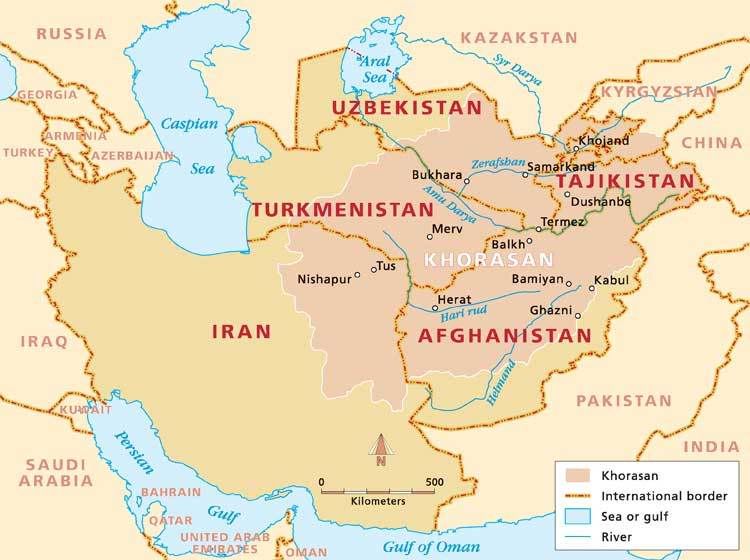


Traces of an international culture that is similar to the BMAC – the Bactria-Margiana Archaeological Complex – have been discovered during an archaeological excavation in the prehistoric site of Chalo near the town of Sankhast in North Khorasan Province, Iran.
The BMAC, also known as the Oxus civilization, is the modern archaeological designation for a Bronze Age civilization of Central Asia. The civilization, which dates to ca. 2300–1700 BC, was located in present day northern Afghanistan, eastern Turkmenistan, southern Uzbekistan and western Tajikistan, centered on the upper Amu Darya (Oxus River).
Its sites were discovered and named by the Soviet archaeologist Viktor Sarianidi in 1976. Bactria was the Greek name for the area of Bactra (modern Balkh), in what is now northern Afghanistan, and Margiana was the Greek name for the Persian satrapy of Margu, the capital of which was Merv, in modern-day southeastern Turkmenistan.
“Based on previous studies, the BMAC was only limited to the sites located in Central Asia: in present day northern Afghanistan, eastern Turkmenistan, and some regions in Tajikistan, but the first season of excavation showed that the Chalo site is also part of this great culture,” he added.
“All the artifacts unearthed from the graves have the same characteristics identified for the BMAC in Central Asia,” he added. The artifacts bear designs of dragons, snakes, scorpions, and other animal motifs.
Vahdati said people had inhabited the area before it was converted into a cemetery. “Storage spaces dating back to 3700 BC have been discovered at the site. Large pots which were used for storing grains and other agricultural products have been dug out in the spaces,” he added. “We have found seeds of grain, barley and grapes. The grapes were likely used for production of vinegar or a special drink,” he stated.
Vahdati said, “Chalo reveals details of the BMAC in Iran. Maybe it is better to call it the Greater Khorasan culture, because parts of Merv, Samarkand, and Bukhara were under the influence of Greater Khorasan.”
Archaeologists discover traces of BMAC in northeastern Iran
The Prehistoric Cultures of Turkmenistan and their presence in Khorasan
The Archaeology of East Mazandaran with emphasis on the excavations at Gohar Tappeh
The Bronze Age in Northeastern Iran
Filed under: Uncategorized













